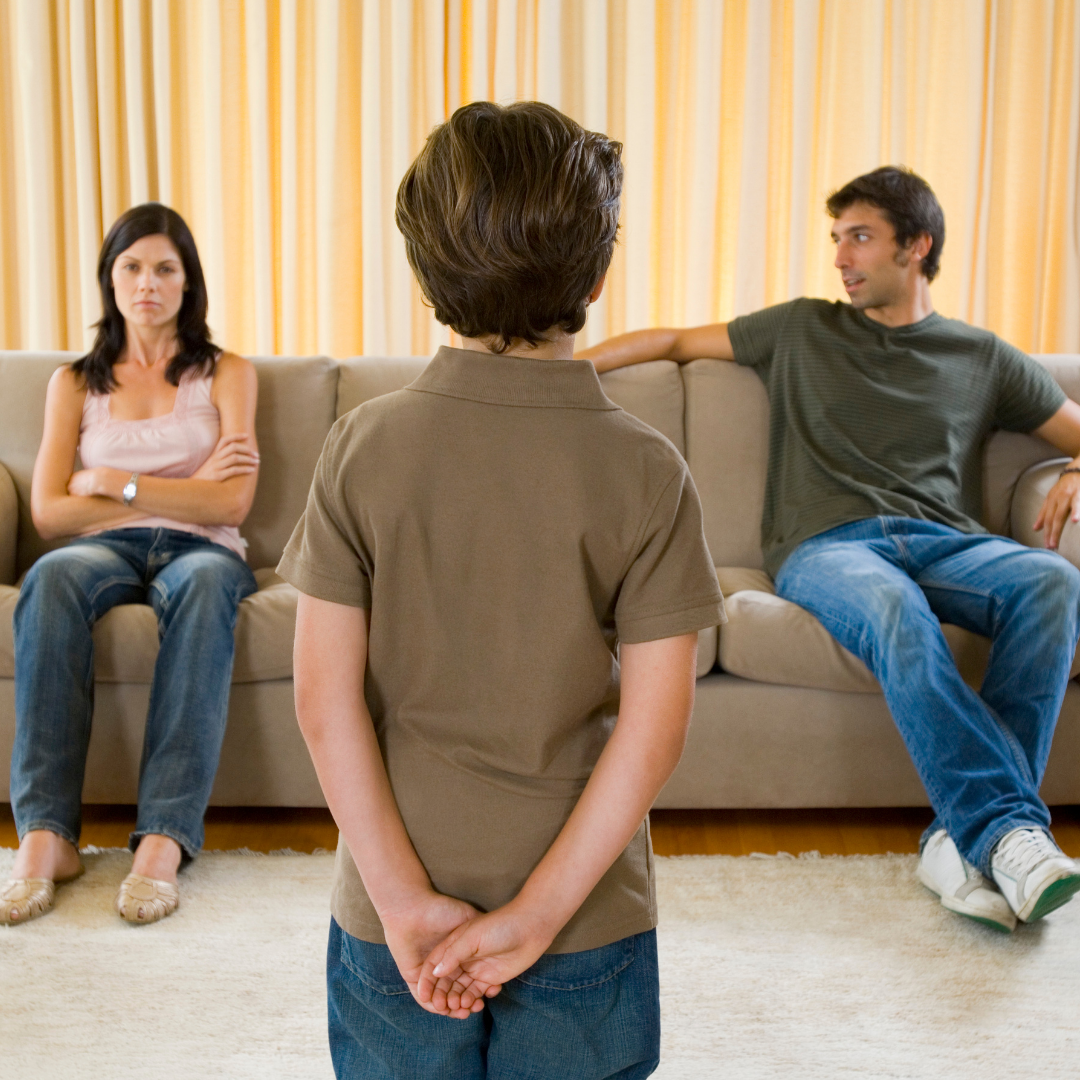Dr. Richard Taborga, Psy.D., LMHC, NCC
I was recently invited to speak with the wonderful staff at a nearby secondary school in my area. This was an incredible opportunity for me to share information regarding what parents and teachers can do to help children manage stress, as well as receive feedback from professionals that spend a great deal of time with children. In preparation for this workshop, I created various handouts which I will share with readers at the bottom of this page. I hope these are helpful.
There is an African proverb that suggests that “It takes a village to raise a child.” I think that this is true and beautifully highlights the great contribution of the community in shaping children into the adults that they will become. Guess who makes up the “village?” That’s right; you, me, coaches, tutors, neighbors, uncles, aunts, grandparents and friends, to name a few. You may not realize it, but a short time spent with a child may impact them more than you can imagine. People such as teacher and coaches nurture their talents, teach them, support them, and get to join them during a critical time in their development. While many of us recall our childhood and adolescence with great fondness, I frequently forget the stressful moments. Like adults, children and adolescents experience daily stress too. Their stress is just as intense as an adult’s experience of stress. Most adolescents experience more stress when they perceive a situation as dangerous, difficult, or painful and that they do not have the resources to cope. So our job as the “village” is to help them change their perception of the stressors that they encounter and develop the skills to cope.
Here are some of the contributors to stress in children and adolescents:
- School demands, tests, homework, achievement, college, in-class participation
- Negative thoughts and feelings about themselves (intellectual ability, ability to socialize, outward appearance)
- Changes in their bodies (Hormones, acne, weight changes)
- Problems with friends and/or peers at school (fitting in)
- Unsafe living environment/neighborhood, unhealthy environment like parental fighting or domestic abuse at home.
- Separation or divorce of parents.
- Chronic illness or severe problems in the family
- Death of loved ones (grandparents, uncles or aunts)
- Moving or changing schools.
- Taking on too many activities or having high expectations for themselves, by parents etc.
- Family financial problems
- Bullying, cyber bullying (some kids who cyber bully are telling kids to “kill themselves”! What a horrible message for a child to hear.)
- Break ups
- Sibling fights at home
- Sports
It’s important that I am able to recognize when children are experiencing stress and need help. Remember that stress is a part of life and successfully navigating through stressful events can empower and prepare an individual for the responsibilities of adulthood.
Here are some signs of stress in children and adolescents:
- Sadness or hopelessness, helplessness, worthlessness, or guilt
- Irritability, anger, or hostility, rapid mood swings
- Tearfulness or frequent crying.
- Withdrawal from friends and family.
- Loss of interest in activities.
- A notable drop in grades
- Changes in eating and sleeping habits
- Frequent absences or tardiness at school
- Decrease in personal hygiene
- Difficulties concentrating or making decision
- Low energy
- Inability to cope with minor frustrations
- Fearful, struggles with obsessions or compulsions, worries excessively, avoidance.
- Feeling sick, stomach pains
Children at different ages have different needs, encounter different stressors, and are able to develop different skills to manage stress. Add to this the uniqueness of each child, and you can see what a task it may be to help children sometimes. But children are resilient, and with the appropriate village supporting them and creating the consistent opportunity to engage supports, they never cease to amaze me in the things that they can achieve and overcome.
Here are some tips for parents and teachers to help children manage stress:
- Check in with children. Let them know you’re there if they need to talk. You can’t force them, but by creating the opportunity they may talk to you when they are ready.
- Offer support, lend an ear if needed (avoid judging, blaming or lecturing, instead listen reflectively, validate, and empathize). Allow their feeling and concerns to be heard.
- Resist the urge to fix the problem. Instead, focus on helping kids, slowly but surely, grow into a good problem-solver (this means a child who knows how to roll with life's ups and downs, put feelings into words, calm down when needed, and bounce back to try again when they fail).
- Provide resources (You Tube, handouts, workshops, and on line info). The time to teach children to manage stress, is not when they’re stressed!
- Educate children about the benefits of positive communication, positive problem resolution skills, meditation, relaxation and/or mindfulness. These are skills that take time to develop, so don’t wait until they’re in trouble.
- Educate children about the benefits of therapy and include them in the decision to seek treatment, if needed. By doing so, you will empower child.
- Communicate with people in your child’s life (communication between educators, parents, health care professionals, coaches etc.)
- Model positive stress management skills!!! Children learn through observation!!
- Know the signs when children are in distress
- Create a calm environment at home (parents) or in the class room (teachers).
- Provide consistency in daily scheduling.
- Make time for fun activities or free talk that has nothing to do with school or serious topics.
- Recognize the individuality of each child (e.g., needs, temperament, stage of development, age, culture)
Perhaps the best way to help children manage stress is to help them develop the skills before they encounter a stressful event.
Here are some tips that can help children and adolescents manage stress:
- Exercise and eat regularly.
- Avoid excess caffeine intake which can increase feelings of anxiety and agitation.
- Learn relaxation exercises!!!!! (abdominal breathing and muscle relaxation techniques)
- Develop assertiveness skills (e.g., stating feelings in a polite, firm and not overly aggressive or passive manner).
- Rehearse and practice situations which cause stress (e.g., taking a speech class, if talking in front of a class makes you anxious)
- Learn practical coping skills (e.g., break a large task into smaller, more attainable tasks)
- Decrease negative self-talk: challenge negative thoughts about yourself with alternative neutral or positive thoughts (e.g., "My life will never get better” can be transformed into "I may feel hopeless now, but my life will probably get better if I work at it and get some help”).
- Learn to feel good about doing a competent or "good enough” job, rather than demanding perfection from yourself and others.
- Take a break from stressful situations. Activities like listening to music, talking to a friend, drawing, writing, or spending time with a pet can reduce stress.
- Build a network of friends who help you cope in a positive way.












